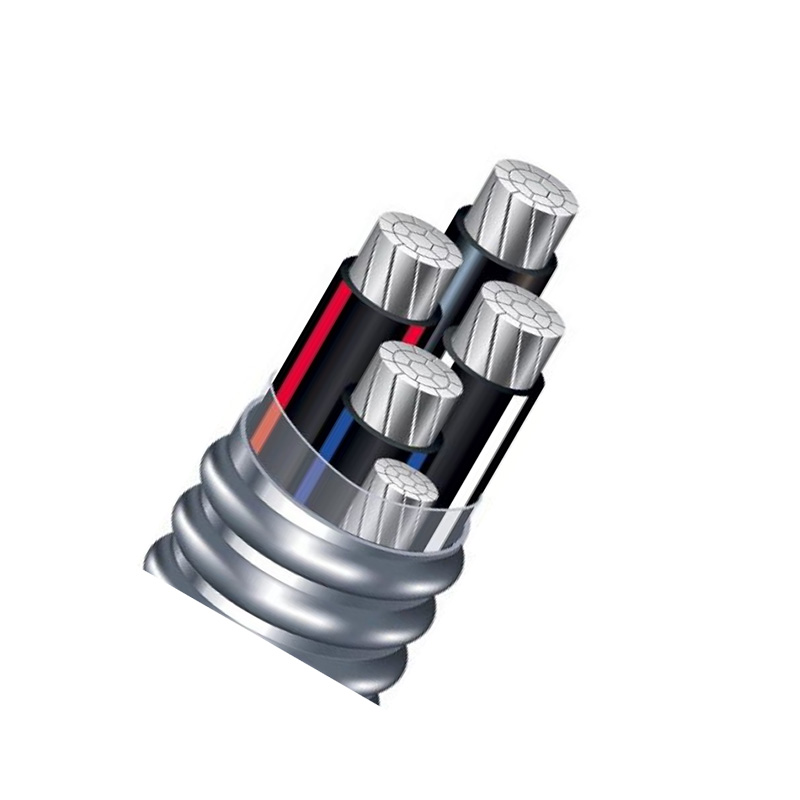снеж . 10, 2024 20:26 Back to list
Understanding the Mechanism and Benefits of Rising Stem Globe Valves in Fluid Control Systems
Understanding Rising Stem Globe Valves Design, Functionality, and Applications
Rising stem globe valves are crucial components in various piping systems, known for their exceptional control of fluid flow. Their distinctive design and operational features make them ideal for applications requiring precise regulation. In this article, we will delve into the structure, operation, advantages, and applications of rising stem globe valves.
Design and Structure
A rising stem globe valve typically features a spherical body with an internal baffle that separates the flow pathway. The valve's primary components include the bonnet, stem, disc, and seat. What sets rising stem globe valves apart is the stem, which is attached directly to the disc. As the valve is opened or closed, the stem rises or falls, giving a clear visual indication of the valve's position.
The valve body is usually made from a variety of materials, including stainless steel, carbon steel, or brass, depending on the application's requirements such as pressure, temperature, and the corrosiveness of the fluid. The seating surfaces are often faced with materials like Teflon to enhance sealing and prevent leaks.
Functionality
The primary function of a rising stem globe valve is to regulate the flow of liquids or gases within pipelines. When the valve is opened, the disc rises away from the seat, allowing fluid to pass through the valve body. Conversely, when the valve is closed, the disc descends onto the seat, creating a tight seal that prevents any leakage. The design of the globe valve provides a linear flow path, allowing for excellent throttling capabilities.
One of the main advantages of rising stem globe valves is their ability to control flow with precision. The motion of the stem is linear, meaning the amount of lift is directly related to the valve’s opening percentage. This attribute makes them superior for applications where the control of pressure and flow is critical.
Advantages
There are several advantages to using rising stem globe valves in various industries
rising stem globe valve

1. Precise Flow Control The linear motion of the stem allows for accurate adjustments to flow rates, making them ideal for throttling applications.
2. Durability Constructed with robust materials, rising stem globe valves can withstand high pressures and temperatures, making them suitable for severe service conditions.
3. Visual Position Indicator The rising stem provides a clear visual indication of the valve's status, simplifying the monitoring process.
4. Versatility These valves can be used for a variety of fluids, including water, steam, oil, and gases, making them suitable for numerous applications across different industries.
5. Leakage Prevention The design ensures a tight seal when closed, minimizing the risk of leakage.
Applications
Rising stem globe valves are widely used in several industries, including
- Oil and Gas For regulating the flow of crude oil, natural gas, and other petrochemicals. - Water Treatment To control the flow of water in treatment plants, ensuring that operations run smoothly and safely. - Power Generation In power plants, these valves help manage the flow of steam and cooling water, contributing to efficient and reliable energy production. - Chemical Processing For controlling chemical reactions by regulating fluid flow and pressure.
In conclusion, rising stem globe valves are integral to various industrial applications where precise flow control is essential. Their robust construction, coupled with the ability to provide clear indications of their position, makes them a popular choice among engineers and operators. Understanding their design and function can significantly enhance the efficiency and safety of fluid management systems.
Share
-
Reliable Wafer Type Butterfly Valves for Every IndustryNewsJul.25,2025
-
Reliable Flow Control Begins with the Right Ball Check ValveNewsJul.25,2025
-
Precision Flow Control Starts with Quality ValvesNewsJul.25,2025
-
Industrial Flow Control ReliabilityNewsJul.25,2025
-
Engineered for Efficiency Gate Valves That Power Industrial PerformanceNewsJul.25,2025
-
Empowering Infrastructure Through Quality ManufacturingNewsJul.25,2025